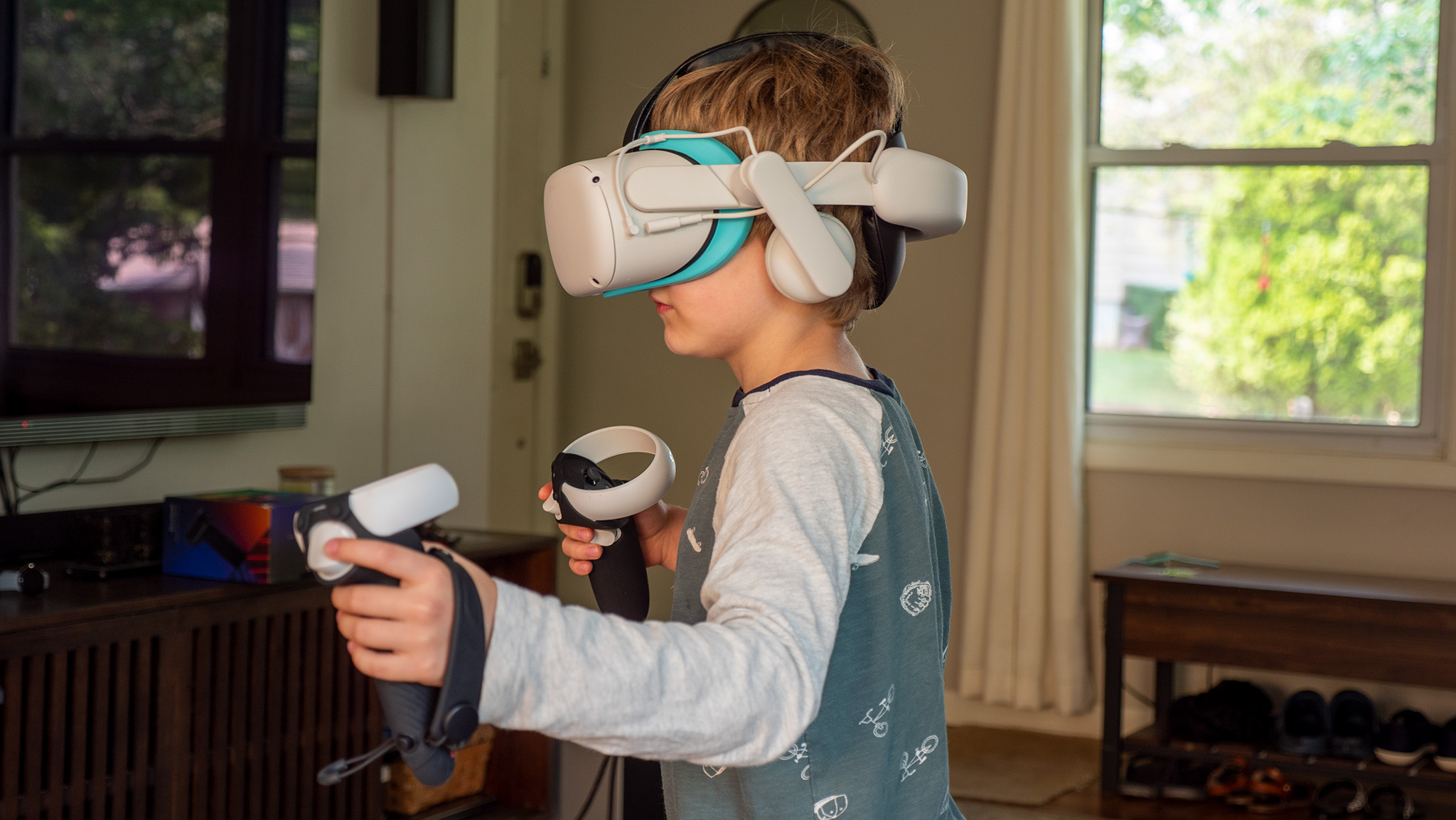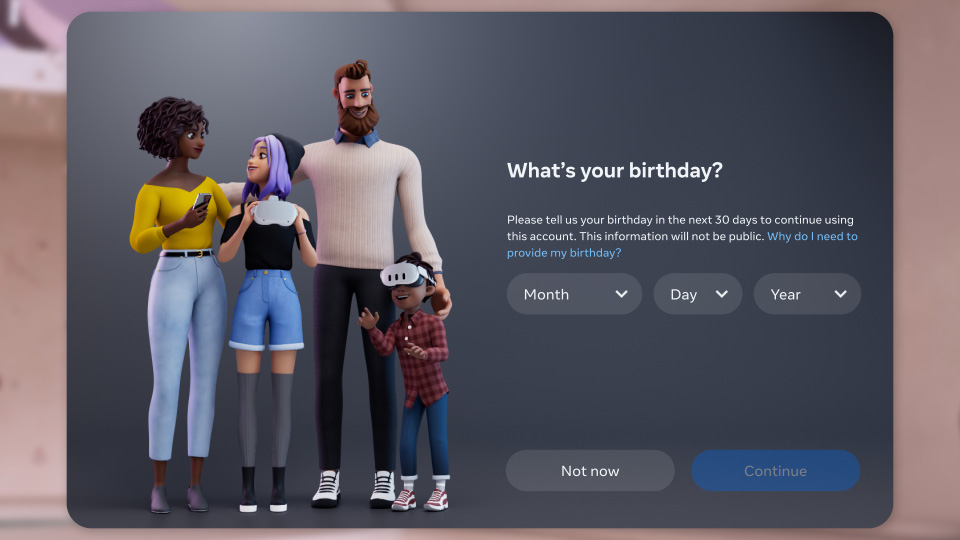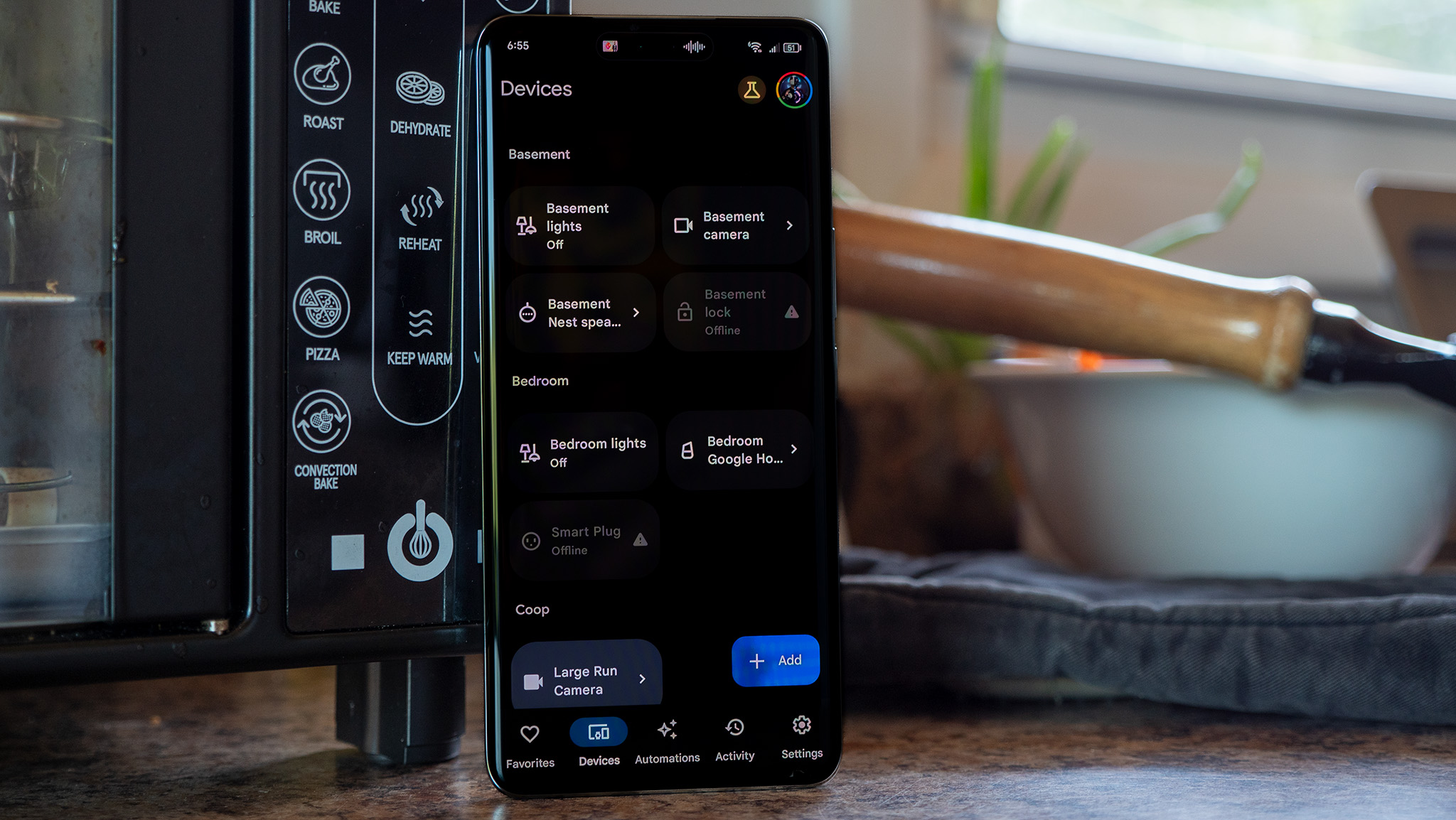Meta just employed its latest tactic to keep little kids off VR
But will it actually work?

What you need to know
- All Meta Quest 2 and Quest 3 users must re-verify their age while playing VR.
- A one-time prompt will automatically appear on your headset when your account is ready for verification.
- Meta says this step provides access to age-appropriate tools, content, and protections.
- Users who don't follow these steps within 30 days of receiving the prompt cannot use their headsets until they do so.
Meta is rolling out a new age verification process for all Meta Quest 2 and Meta Quest 3 users, ensuring that every user is equipped with an age-appropriate account setting. Over the next few days, Quest users will receive a prompt on their headset to input their birthday, followed by a quick setup to ensure privacy settings are appropriate.
Meta says users will have 30 days to enter their birthdate once this prompt is available. Users not following these steps after 30 days will block their accounts until the required information is entered. The company notes that birthdates are not public unless you specifically choose to make that information non-private in your account settings.
"On our app store, we want to make it easier for developers to better understand the ages of people who use their apps so they can provide age-appropriate experiences for preteens, teens, and adults. Parents, in turn, can trust that apps are providing the most age-appropriate experience and protections the app offers for their child’s age."

Meta lowered the age requirement for using a Quest headset from 13 years old to 10 years old last Summer, adding in a new type of account that requires a parent to administrate. These preteen accounts, made for ages 10-12, have the most restrictive privacy and content settings, and parents can manage whether children are allowed to download and install apps, as well as block certain apps and games entirely.
Teen accounts are also set to private by default and can be managed by a parent but are initially less restrictive than a preteen account. Adult accounts can be set to private or public upon creation, but active status is set to public by default. Any of these settings can be changed after account setup, but Meta chooses specific defaults to ensure regulatory compliance and privacy.
Meta has a set of User Age Group APIs that developers can use to automatically change in-app settings based on the age of the user playing the game. This includes options for both content and data sharing, which is why Meta requires that all users have the right settings on their accounts.

Replace that awful cloth headstrap on your Meta Quest 3 with the BoboVR M3 Pro, our favorite headstrap replacement that fits all ages and adds hours of battery life with its rechargeable, magnetic battery.
Get the latest news from Android Central, your trusted companion in the world of Android

You must confirm your public display name before commenting
Please logout and then login again, you will then be prompted to enter your display name.
